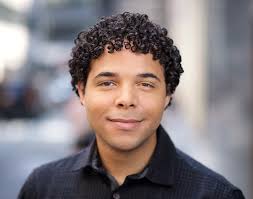: Mosby’s Manual of Diagnostic and Laboratory Tests, 6th Edition
A 45-year-old woman complained of heartburn and frequent regurgitation of “sour” material into
her mouth. Often while sleeping, she would be awakened by a severe cough. The results of her
physical examination were negative.
Studies Results
Routine laboratory studies Negative
Barium swallow (BS), p. 941 Hiatal hernia
Esophageal function studies (EFS), p. 624
Lower esophageal sphincter (LES)
pressure
4 mm Hg (normal: 10–20 mm Hg)
Acid reflux Positive in all positions (normal: negative)
Acid clearing Cleared to pH 5 after 20 swallows (normal:
<10 swallows)
Swallowing waves Normal amplitude and normal progression
Bernstein test Positive for pain (normal: negative)
Esophagogastroduodenoscopy (EGD), p. 547 Reddened, hyperemic, esophageal mucosa
Gastric scan, p. 743 Reflux of gastric contents to the lungs
Swallowing function, p. 1014 No aspiration during swallowing
Diagnostic Analysis
The barium swallow indicated a hiatal hernia. Although many patients with a hiatal hernia have
no reflux, this patient’s symptoms of reflux necessitated esophageal function studies. She was
found to have a hypotensive LES pressure along with severe acid reflux into her esophagus. The
abnormal acid clearing and the positive Bernstein test result indicated esophagitis caused by
severe reflux. The esophagitis was directly visualized during esophagoscopy. Her coughing and
shortness of breath at night were caused by aspiration of gastric contents while sleeping. This
was demonstrated by the gastric nuclear scan. When awake, she did not aspirate, as evident
during the swallowing function study. The patient was prescribed esomeprazole (Nexium). She
was told to avoid the use of tobacco and caffeine. Her diet was limited to small, frequent, bland
feedings. She was instructed to sleep with the head of her bed elevated at night. Because she had
only minimal relief of her symptoms after 6 weeks of medical management, she underwent a
laparoscopic surgical antireflux procedure. She had no further symptoms.
Critical Thinking Questions
1. Why would the patient be instructed to avoid tobacco and caffeine?
2. Why did the physician recommend 6 weeks of medical management?
.
2
3. How do antacid medication work in patients with gastroesophageal reflux?
4. What would you approach the situation, if your patient decided not to take the medication
and asked you for an alternative medicine approach?

